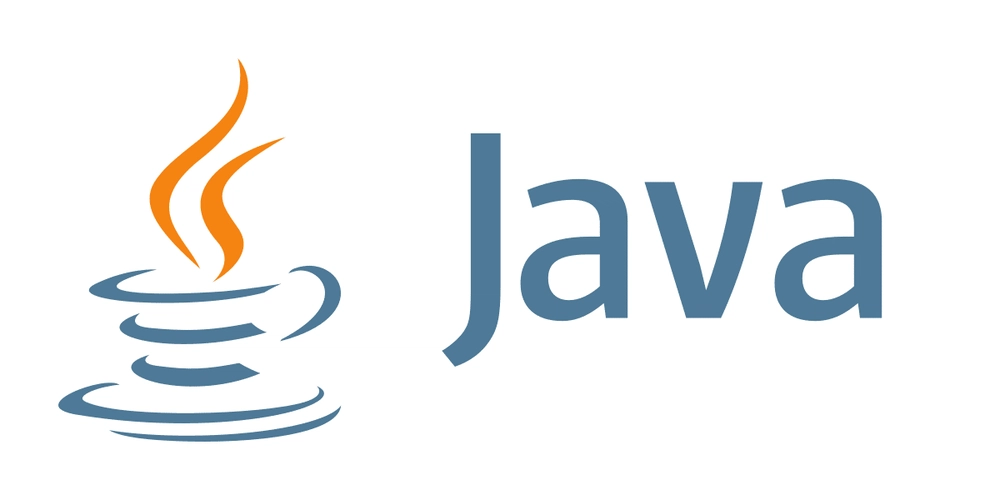Mastering Ansible: Automating Your IT Workflows for Efficiency
Automation is no longer a luxury—it’s a necessity. Whether you're managing cloud infrastructure, deploying applications, or configuring servers, automation tools like Ansible simplify operations and improve efficiency. In this article, we’ll explore what Ansible is, its key features, and how it can be used to solve real-world problems. What is Ansible? Ansible is an open-source IT automation tool that allows users to configure systems, deploy software, and orchestrate more complex IT tasks like continuous delivery and security automation. Unlike other automation tools, Ansible is agentless, meaning it doesn’t require a client-side application to function. It uses SSH for Unix/Linux systems and WinRM for Windows, making it lightweight and easy to deploy.

Automation is no longer a luxury—it’s a necessity. Whether you're managing cloud infrastructure, deploying applications, or configuring servers, automation tools like Ansible simplify operations and improve efficiency. In this article, we’ll explore what Ansible is, its key features, and how it can be used to solve real-world problems.
What is Ansible?
Ansible is an open-source IT automation tool that allows users to configure systems, deploy software, and orchestrate more complex IT tasks like continuous delivery and security automation. Unlike other automation tools, Ansible is agentless, meaning it doesn’t require a client-side application to function. It uses SSH for Unix/Linux systems and WinRM for Windows, making it lightweight and easy to deploy.










































































































































































![[The AI Show Episode 142]: ChatGPT’s New Image Generator, Studio Ghibli Craze and Backlash, Gemini 2.5, OpenAI Academy, 4o Updates, Vibe Marketing & xAI Acquires X](https://www.marketingaiinstitute.com/hubfs/ep%20142%20cover.png)




























































































































![[FREE EBOOKS] The Kubernetes Bible, The Ultimate Linux Shell Scripting Guide & Four More Best Selling Titles](https://www.javacodegeeks.com/wp-content/uploads/2012/12/jcg-logo.jpg)



![From drop-out to software architect with Jason Lengstorf [Podcast #167]](https://cdn.hashnode.com/res/hashnode/image/upload/v1743796461357/f3d19cd7-e6f5-4d7c-8bfc-eb974bc8da68.png?#)






































































































.png?#)





.jpg?#)































_Christophe_Coat_Alamy.jpg?#)








































































































![Rapidus in Talks With Apple as It Accelerates Toward 2nm Chip Production [Report]](https://www.iclarified.com/images/news/96937/96937/96937-640.jpg)








































































































































